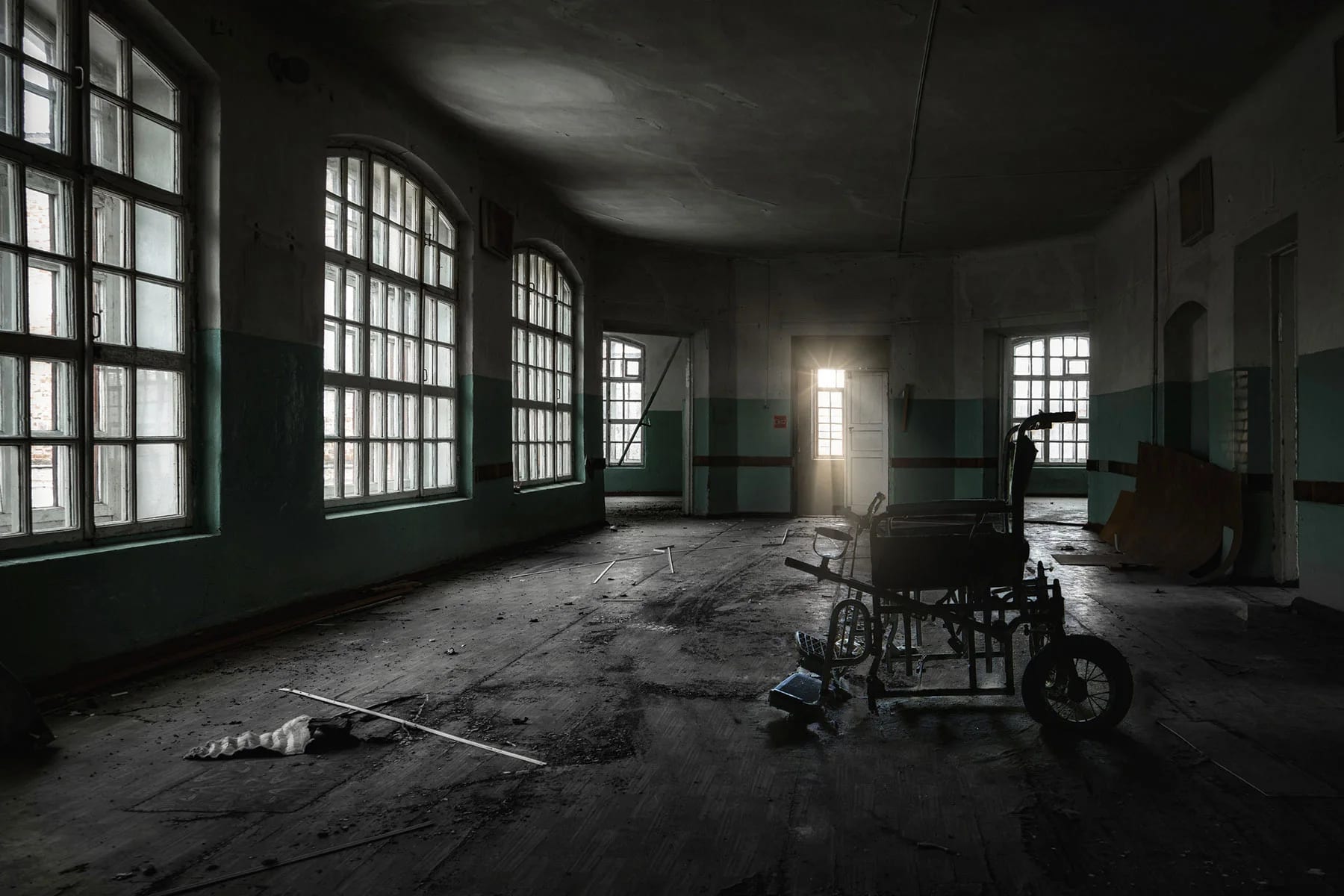
The Haunted Asylum of San Antonio
This abandoned psychiatric hospital harbors dark secrets and restless spirits from a troubled past that continues to haunt its decaying halls.
Read Full Story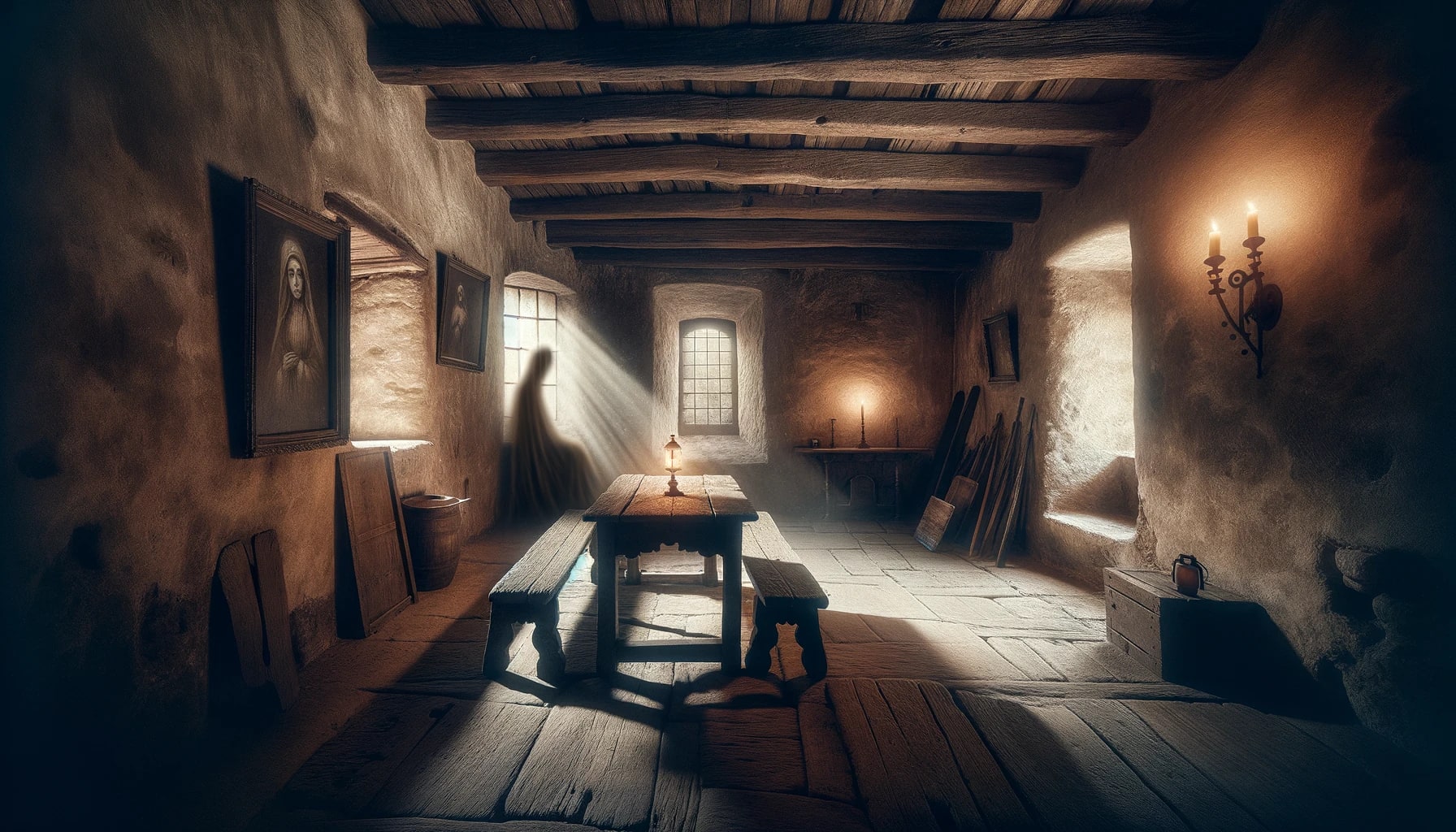
Explore San Antonio's Paranormal History
Discover the Most Spine-Chilling Locations and Their Dark Stories
Explore the Paranormal
Discover the dark history and ghostly encounters at San Antonio's most notorious haunted sites
Showing 9 of 20 locations

This abandoned psychiatric hospital harbors dark secrets and restless spirits from a troubled past that continues to haunt its decaying halls.
Read Full Story
This historic theater hosts performances from both the living and the dead, with ghostly actors and stagehands who refuse to take their final bow.
Read Full Story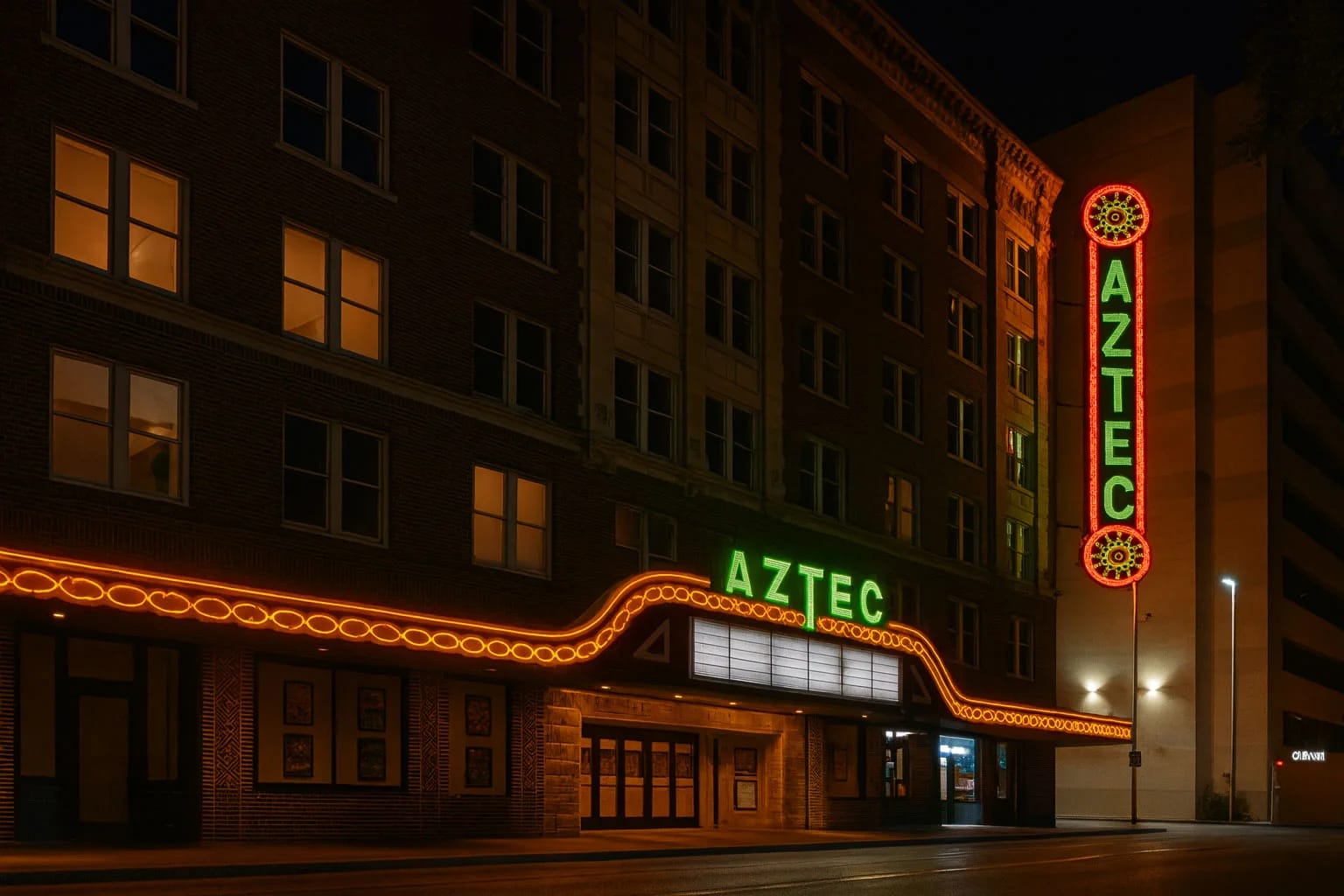
This architectural marvel disguises a haunted interior where ghostly ushers guide visitors and phantom audiences watch eternal screenings.
Read Full Story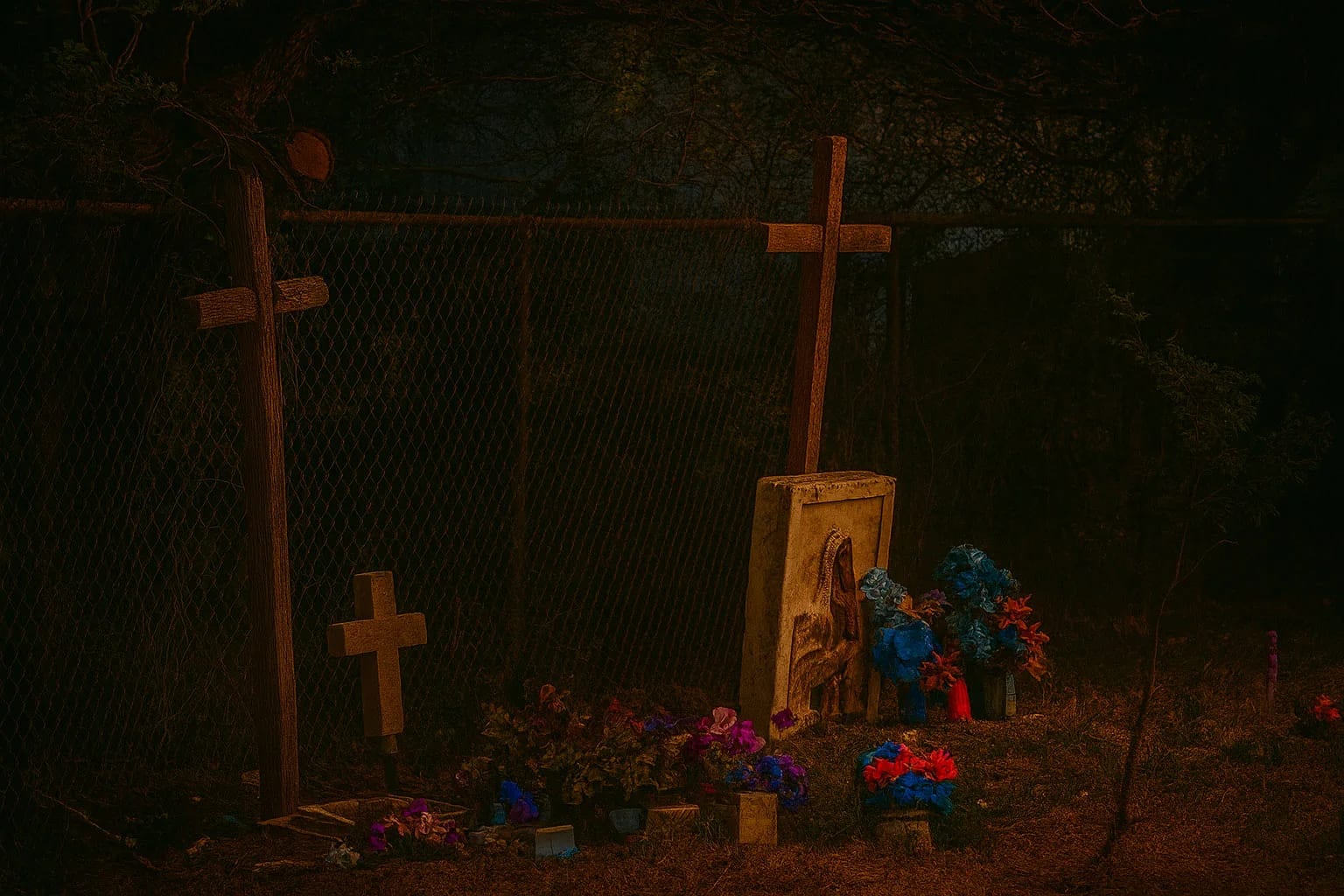
This abandoned cemetery holds the restless spirits of Chinese railroad workers and merchants who helped build San Antonio but were forgotten by history.
Read Full Story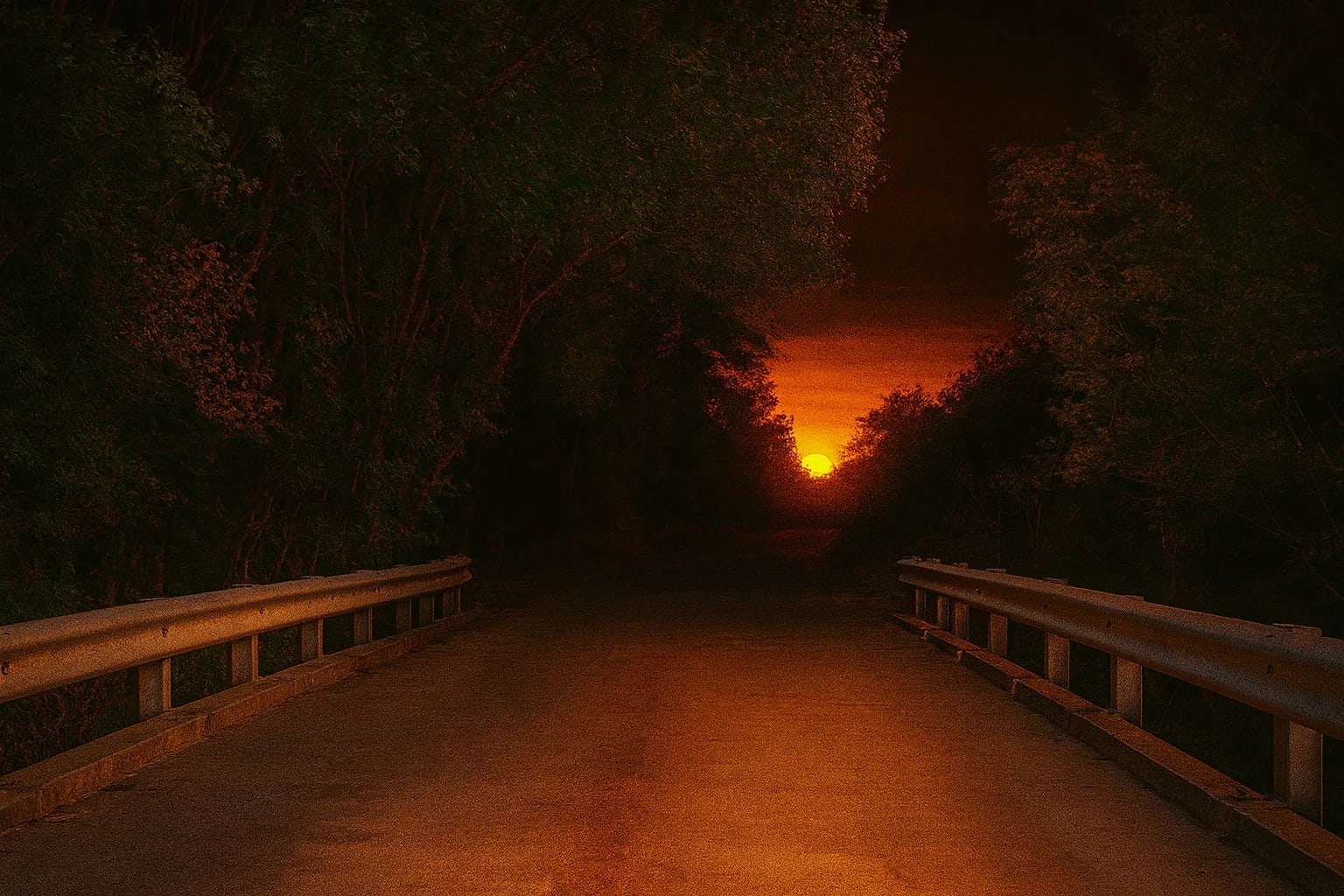
This cursed bridge is home to demonic legends and the tortured souls who paid the ultimate price for their earthly desires.
Read Full Story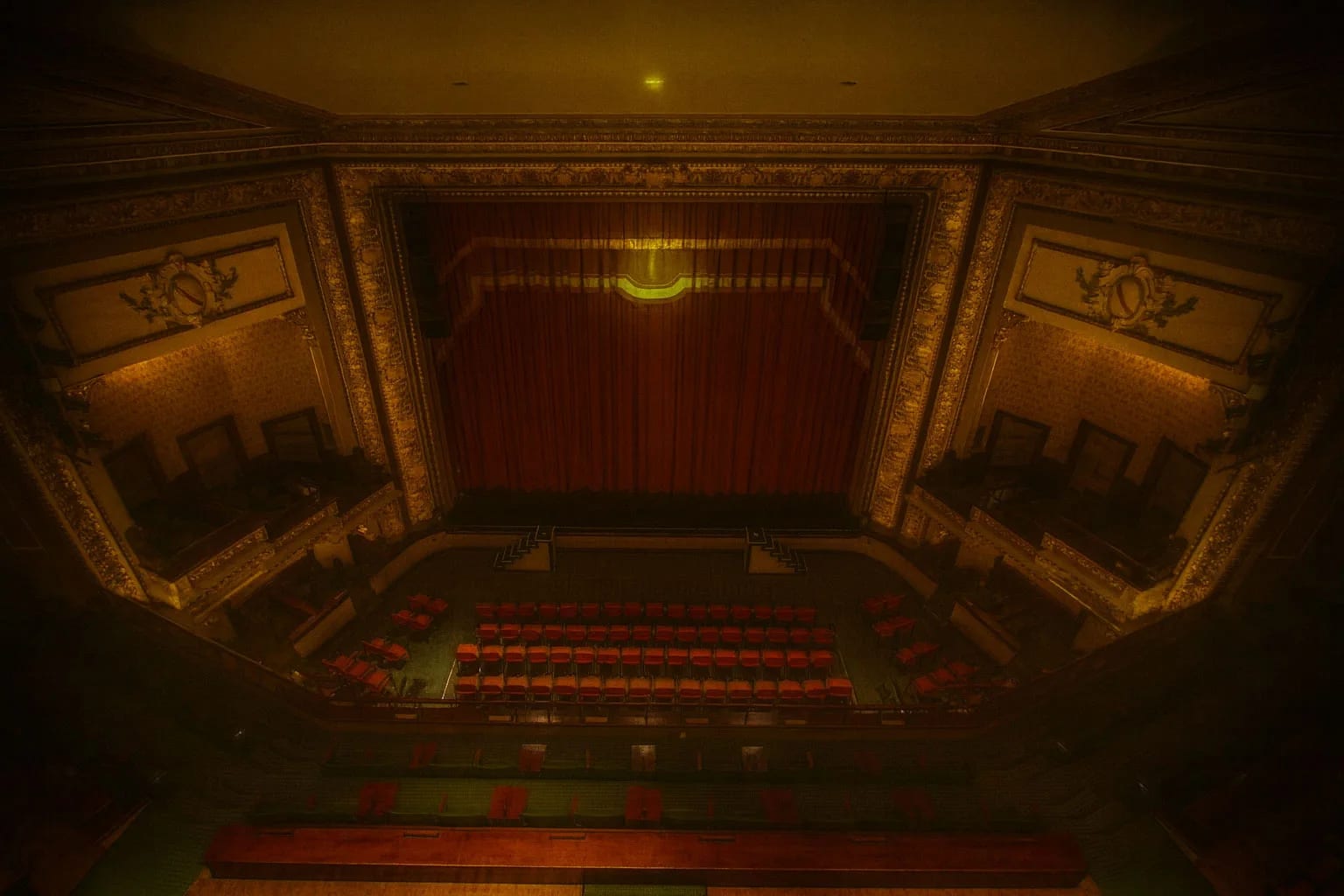
This opulent 1913 opera house hosts both world-class performances and a cast of spirits who refuse to leave the spotlight.
Read Full Story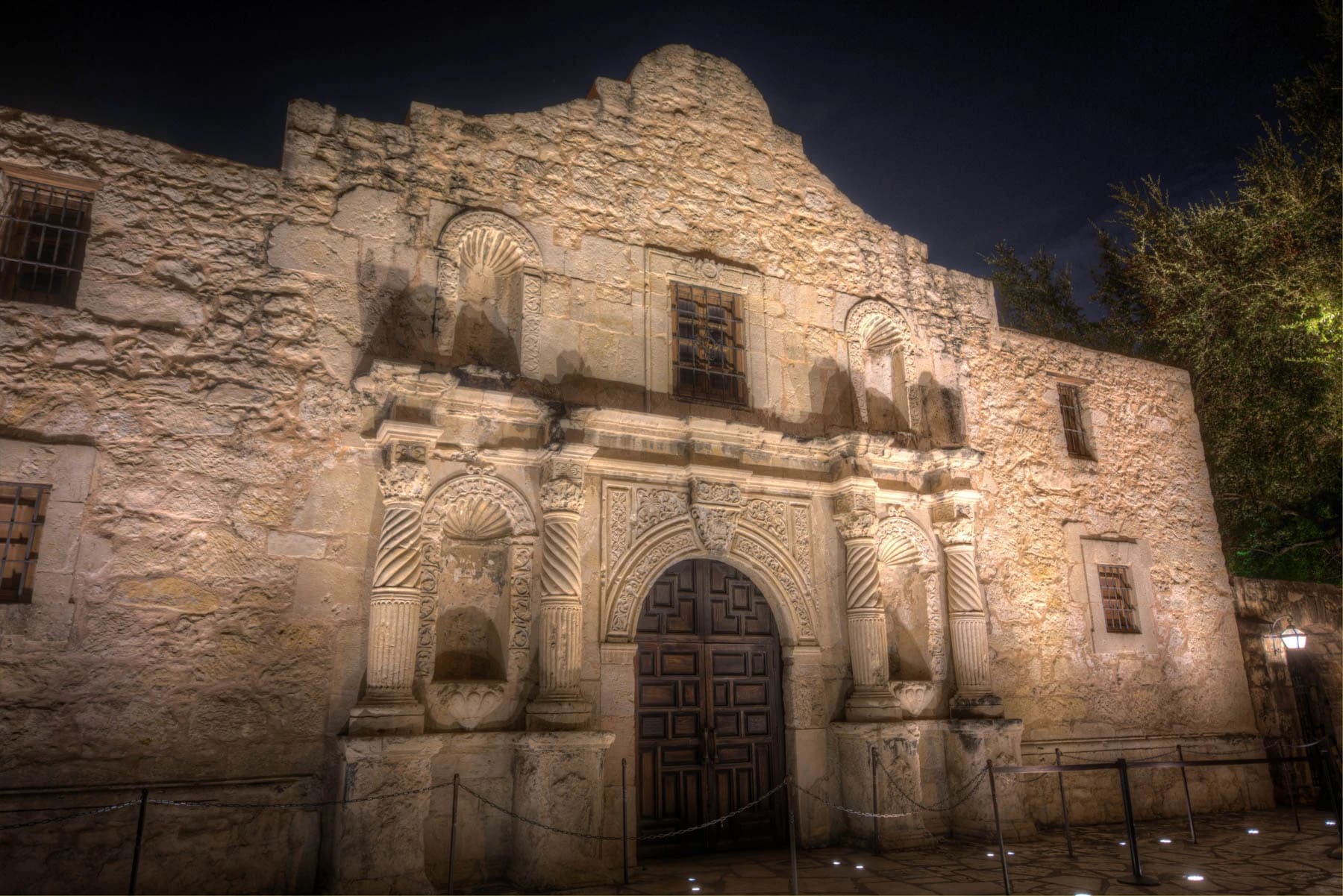
The site of Texas's most famous battle remains haunted by the defenders who gave their lives for independence in 1836.
Read Full Story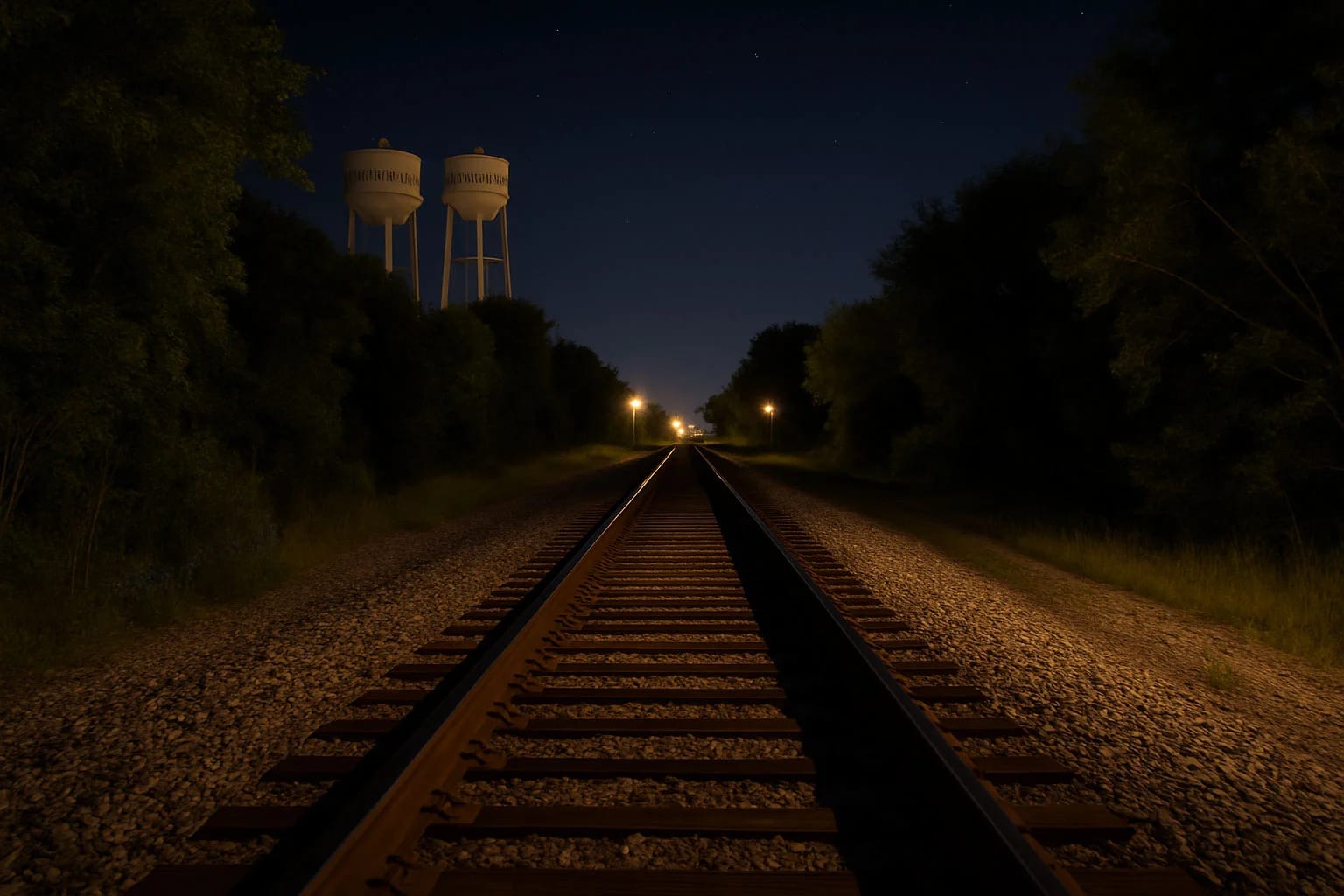
These infamous tracks are haunted by children who died in a school bus tragedy, their spirits still trying to save others from their fate.
Read Full Story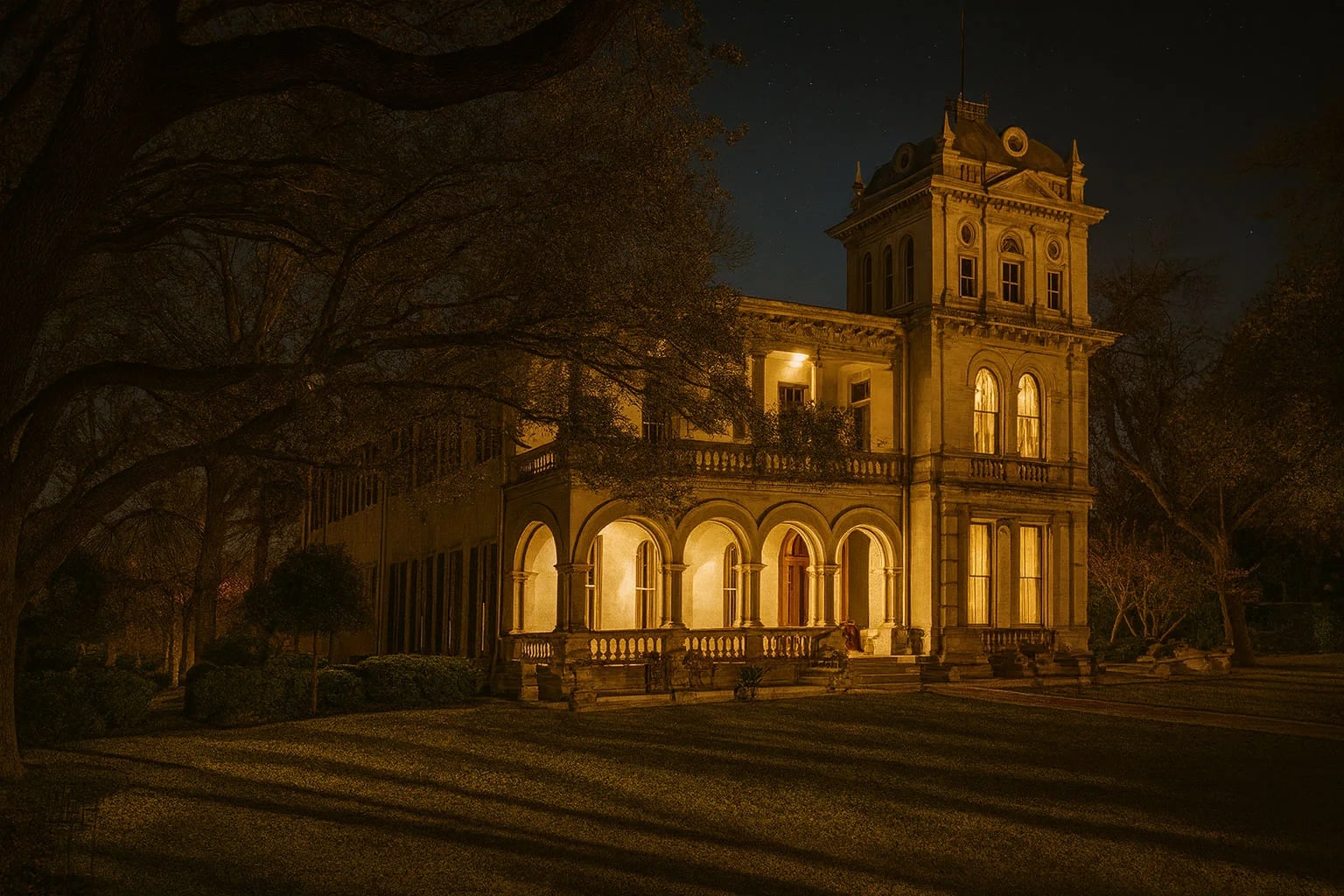
This historic district of grand Victorian homes is equally grand in its ghostly residents, with nearly every mansion harboring supernatural secrets.
Read Full StoryDon't miss out on the #1 rated ghost tour experience in San Antonio. Book your adventure today!
Choose from family-friendly, adults-only, or pub crawl experiences.
4.9 stars from thousands of satisfied ghost tour guests.
Rain or shine, we run tours every single night of the year.
Love your tour or get a full refund - that's our promise!
Tours Sell Out Daily
San Antonio is a popular destination. Book now to guarantee your spot!
Our Guest Services team is available 7 days a week to help you book the perfect tour.
CALL 855-999-04917am - 11:30pm DailyCurated Collections
Dive deeper into San Antonio's haunted history with our organized collections of supernatural locations
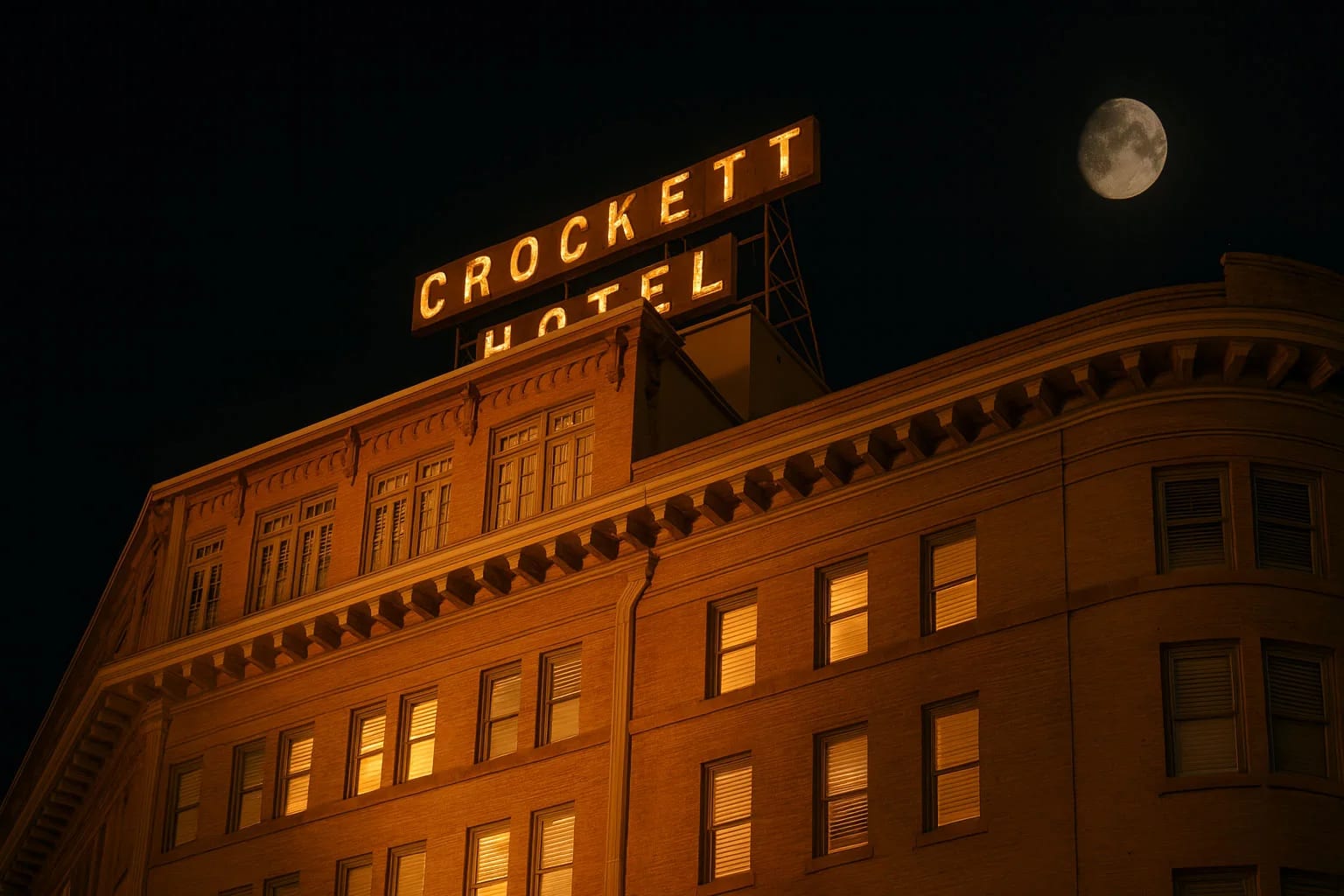
This 1909 hotel built near the Alamo harbors the restless spirits of soldiers, settlers, and guests who never checked out.
Read Full Story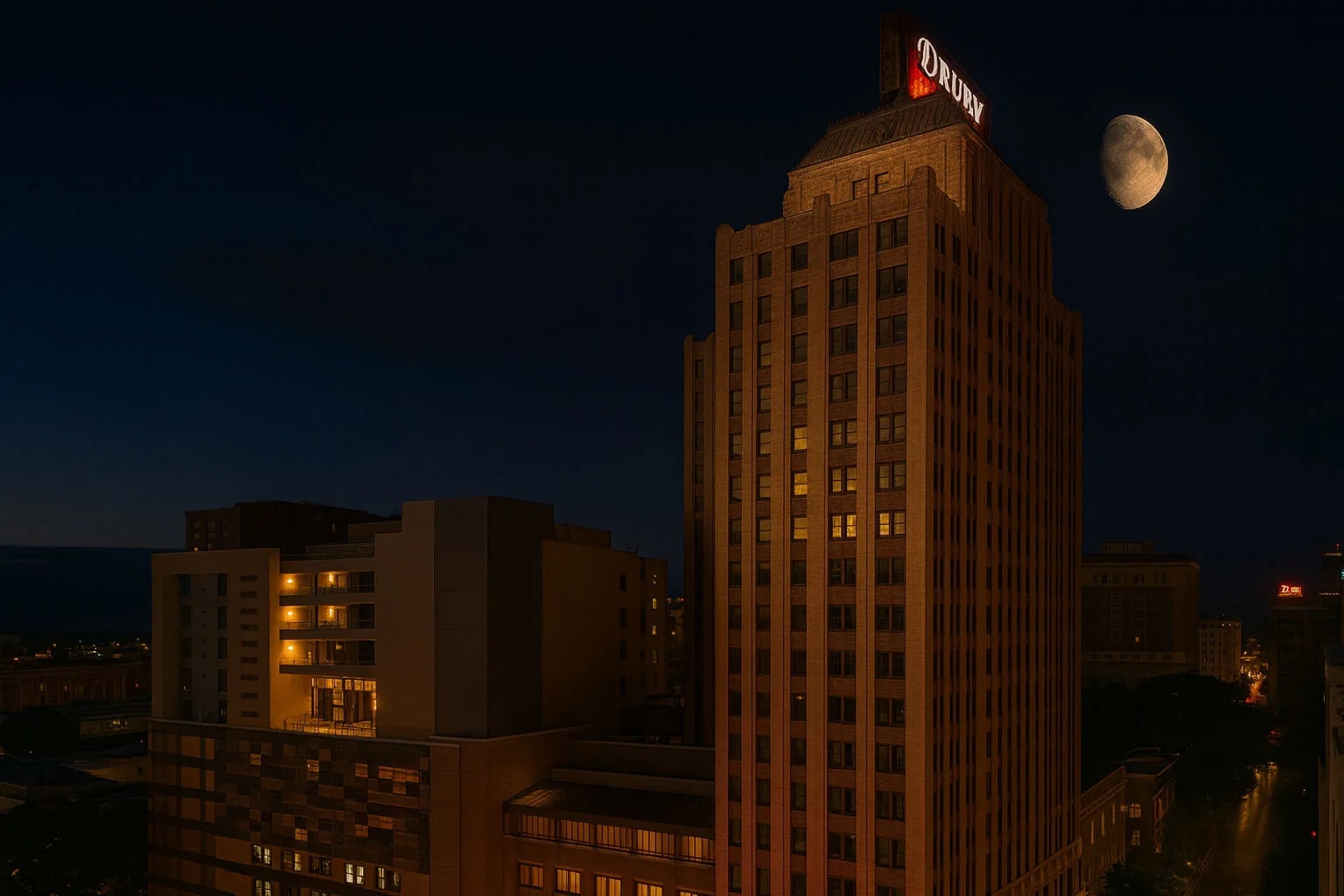
This restored 1920s bank building turned luxury hotel harbors the spirits of desperate Depression-era bankers and clients who met tragic ends within its walls.
Read Full Story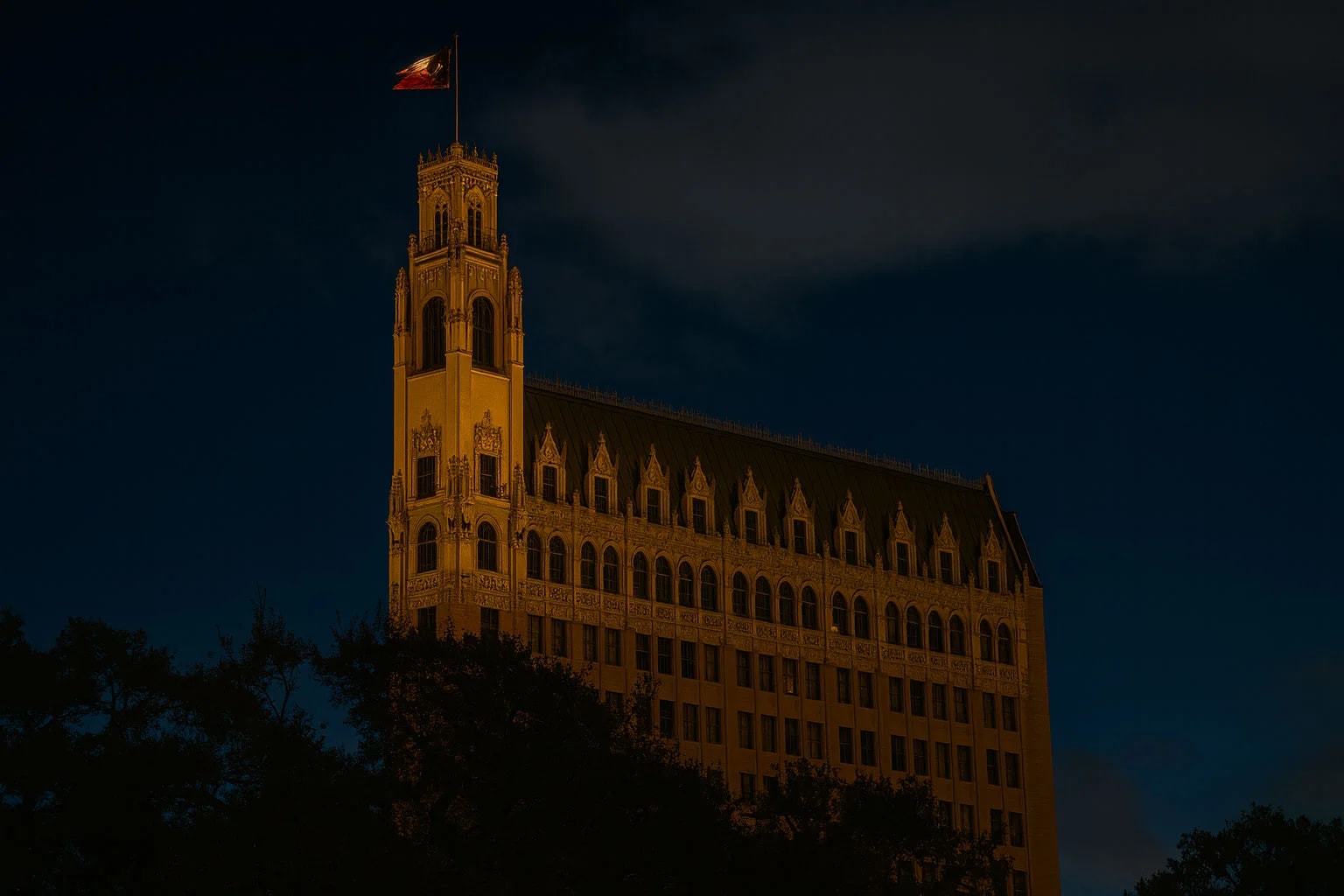
This Gothic Revival skyscraper turned hotel harbors the spirits of patients who died during experimental treatments and the legendary Emily Morgan herself.
Read Full Story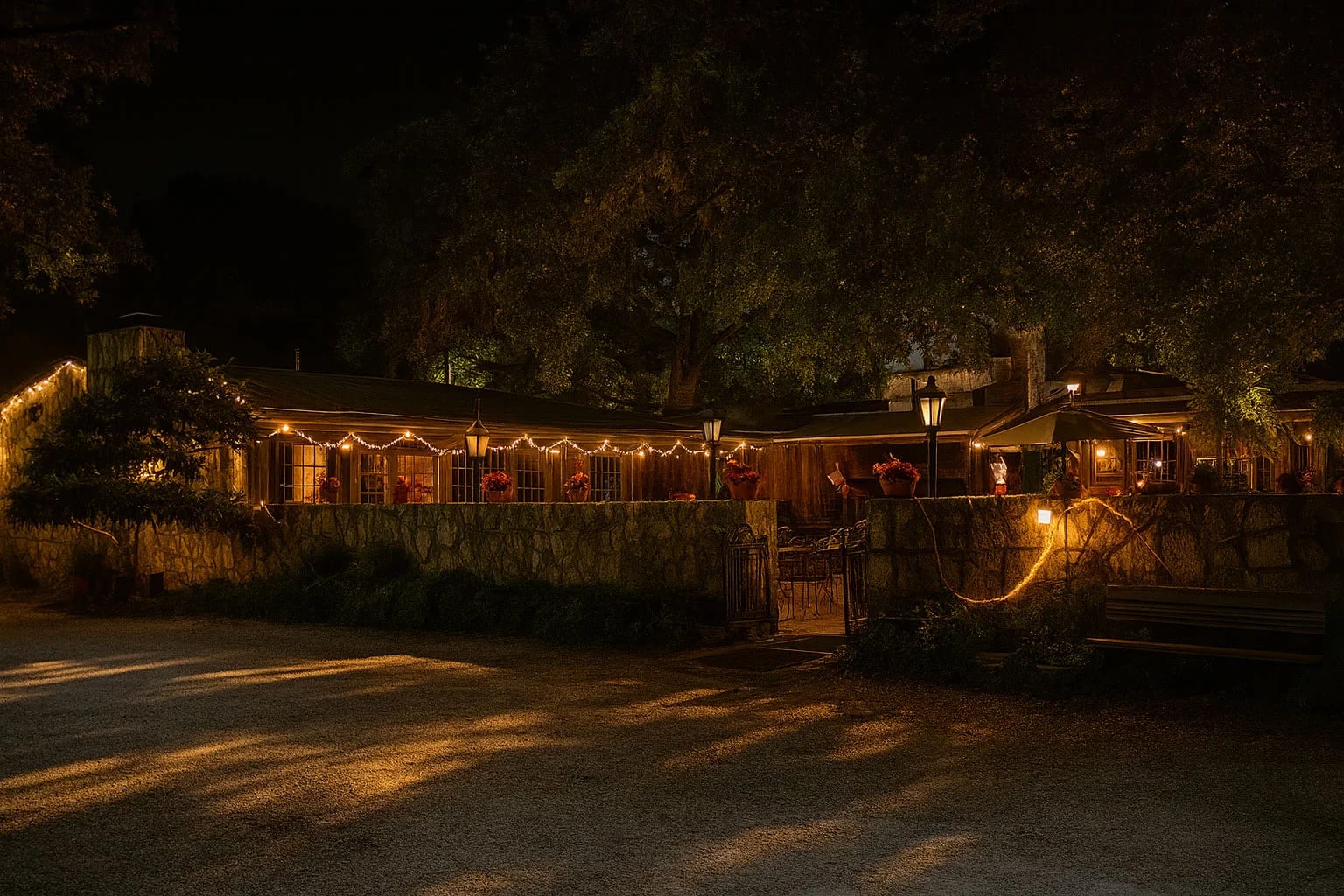
This 1850s stagecoach stop turned dance hall remains haunted by cowboys, outlaws, and ladies of the night who refuse to end the party.
Read Full Story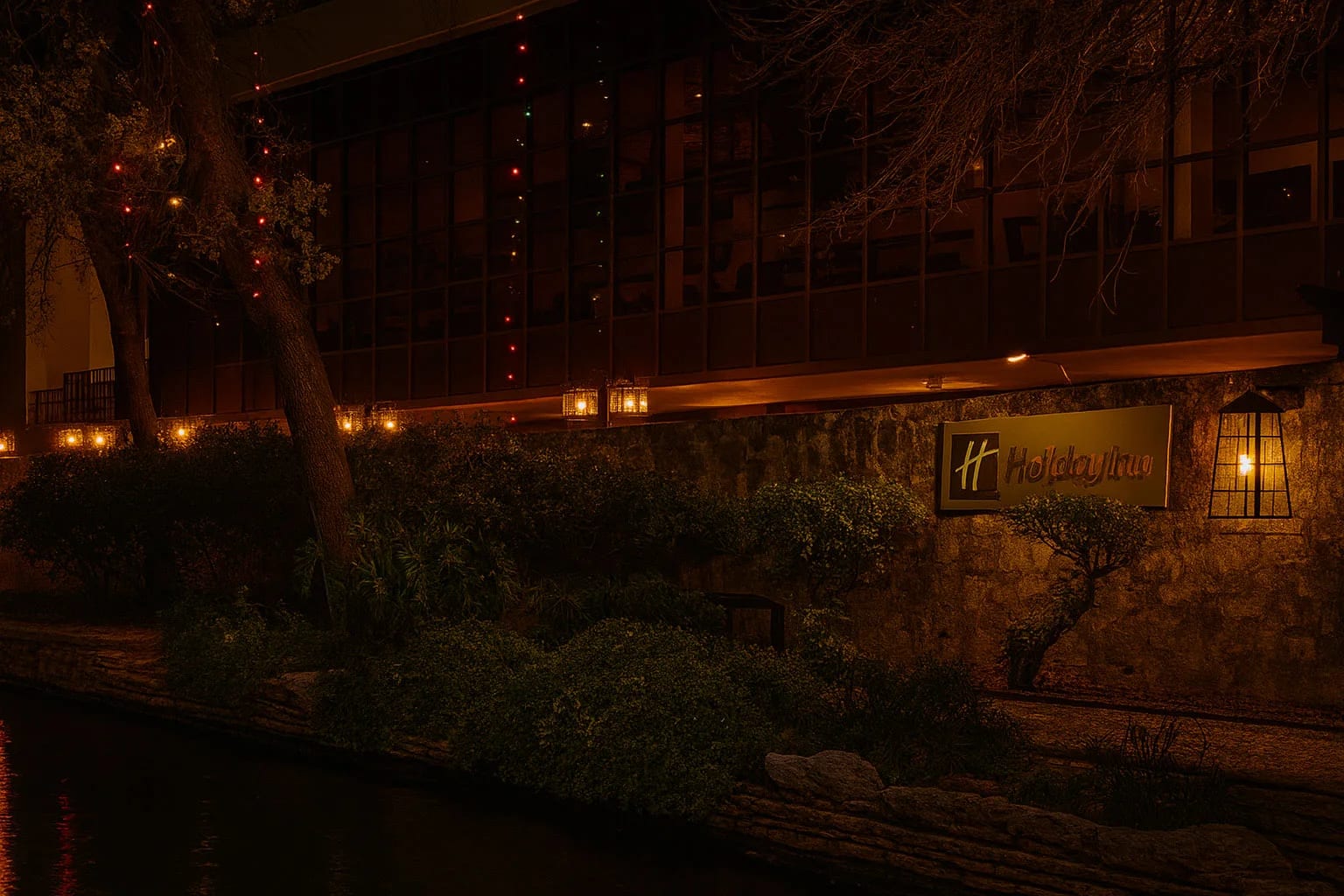
This modern hotel built on historic land hosts restless spirits from San Antonio's colonial past alongside confused contemporary guests.
Read Full Story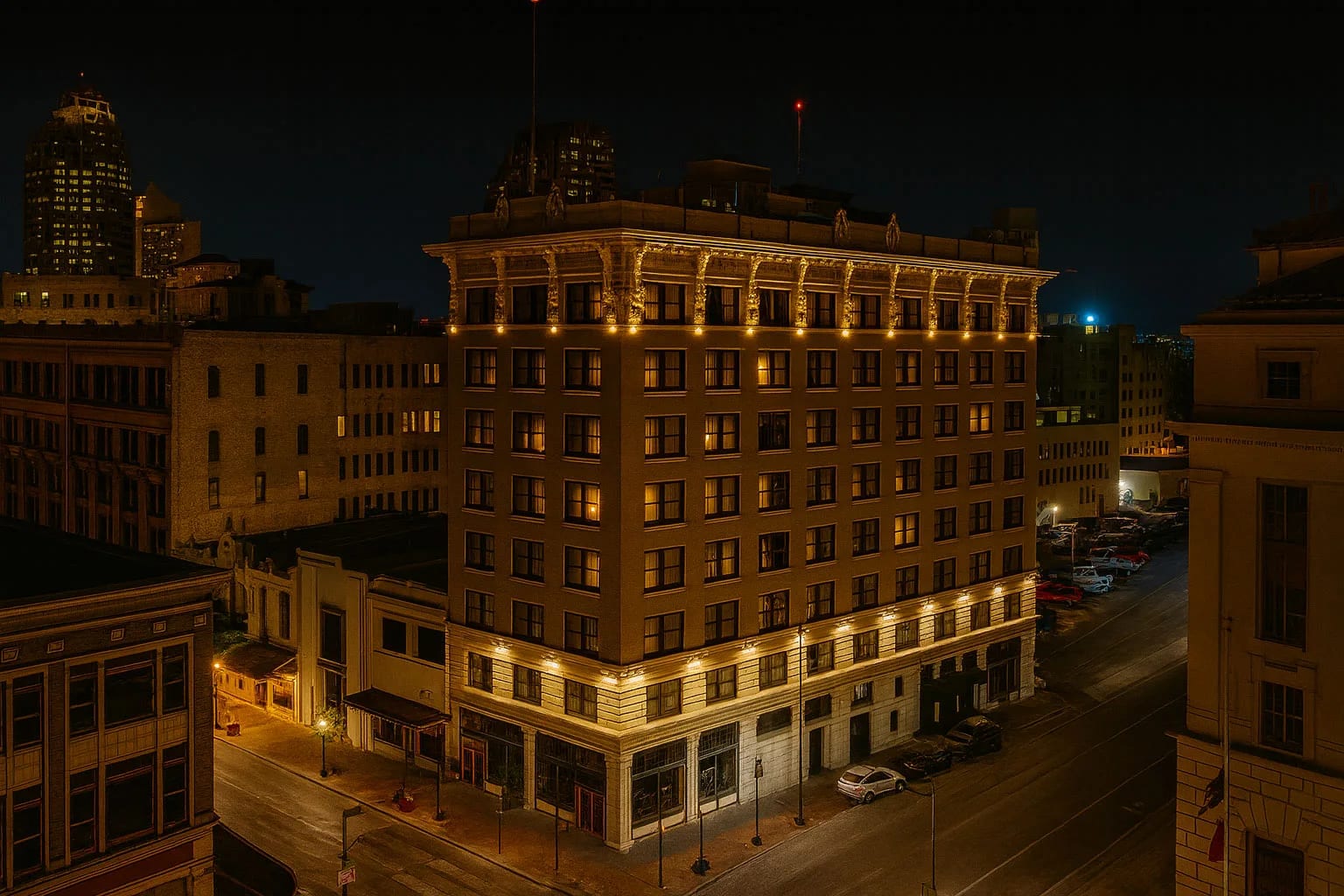
This 1909 railroad hotel harbors the ghosts of travelers who never completed their journeys and workers who died building the American dream.
Read Full Story